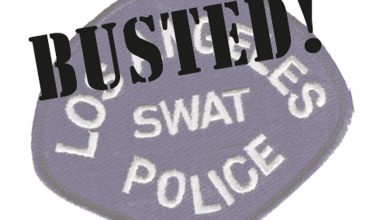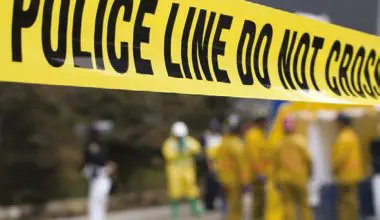IN the midst of the severe winter storms afflicting the U.S. in 2014, a CNN meteorologist referred to the unusual phenomena as a PDS situation. True to form, directly after this, commercials came on.
When confronted with an unknown acronym, I attempt to decipher it prior to asking what it means and making a fool of myself. (Really cool people simply nod their heads in understanding, hoping they realize what it means before someone pins them on it.)
OK, this was meteorological, so let’s try Precipitation Downdraft Severe. Nope. Particulate Dissipation Sideways. Nope. Pre-Deluge Syndrome. Again, nope. I racked my brain for the duration of the commercials, with negative results.
Turns out it means Particularly Dangerous Situation. Are you kidding me? You put me through five minutes of brain drain for that?
So if it’s -50 degrees out there, you should not be prancing around in Teva sandals and a thong? Got it. You don’t place your tongue on metal objects in -60 degrees? Got it. If the snow is 15 feet deep and the winds are 50 mph plus, you need snowshoes and warm clothing and snow chains, blah, blah, blah.
The reason this is amusing to me is that, if it stays true to form, the law enforcement community will soon be latching on to this PDS acronym. CNN might be on to something here.
I can envision two officers—in the midst of hot lead flying, with multiple bullets impacting patrol vehicles and glass exploding all about—and one officer calmly states, “I believe we’re in a PDS.” And his partner calmly replies, “I believe you’re right.”
The following radio call might very well be generated in the future: “7A51: shots fired, multiple suspects, rifle fire, multiple victims down, IEDs exploding, officer needs help, all hell is breaking loose out here … PDS!”
This might seem self-evident, but then again it might not be to some folks. This would be distinctly different than the kitten in the tree caper, which would be classified as an NODS (Not Overly Dangerous Situation) radio call. Then there’s the CGIDSBWNRS (Could Generate Into a Dangerous Situation But We’re Not Really Sure), which would be categorized as the call where not one single person even remotely associated with the call is sure what’s going on. These calls are always fun and full of surprises, and can be downright dangerous if one is not paying attention, by the way.
By virtue of the nature of police work, acronyms and abbreviations are necessary. They are brief, concise and to the point. “Shots Fired” says it all. NFD (No Further Description) for a suspect information broadcast is a police classic. Dragnet was chock full of such policespeak, and Sgt. Joe Friday always made sure the viewer was let in on the meaning.
All professions have their acronyms. Doctors use PITA for Pain In The Ass categorized patients. Code Blue means bad things are happening somewhere in the hospital. Fighter pilots might very well use MWJFO (My Wing Just Fell Off) when things go critical. Acronyms are fun, inventive and can run the gamut in creative imagination.
LAPD uses Code-6 for a wanted felon. Almost every felon probably knows the code better than we do. I had more than one foot pursuit generated when a suspect we were running heard the Code-6 and promptly took off southbound through the alley. Code-4 means everything is copasetic and the situation is well in hand. A few times while on probation, I put out a Code-4 and then had to turn right around and cancel it per my training officer. Best not to jump the gun on these things.
Many acronyms are not for public dissemination. It’s not that they’re top secret—it’s that they might be offensive. In this day and age, offensive is high on the list of things one best avoids. As a result, many of the acronyms I am familiar with will not be discussed. Suffice it to say that they are colorful and inventive, and just who is to be credited with their discovery will always remain a mystery.
Sometimes very neat-sounding acronyms are dropped for no apparent reason. LAPD used to have the RHD/ OIS section. This is very Dragnet-y sounding. It signified and defined an officious, imposing and serious unit. It meant Robbery Homicide Division/ Officer Involved Shooting section. The big boys.
Now it has been redefined to CIID, or Critical Incident Investigative Division. Same job, just not as nifty sounding. Some geek in the building had to put his fingerprint on it, and RHD/OIS simply faded into history.
I got a kick out of the CNN PDS acronym. Being what they are, newspersons look for sound bites wherever they can to boost ratings. They’ve got a real doozy here. It says it all. So in future, when something is obvious to all but the most obtuse of us, feel free to use the PDS acronym.
Great White attacks—PDS. Airplane crashes—PDS. Nuclear explosions— PDS. Global meteor impacts—PDS. Upset wife—PDS.
And last but not least, stupid people around firearms—very PDS.




